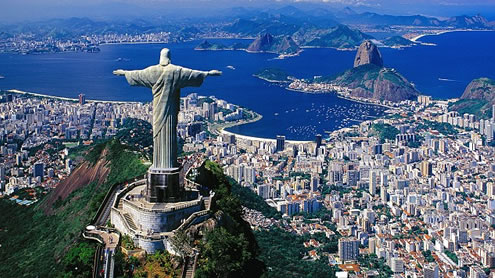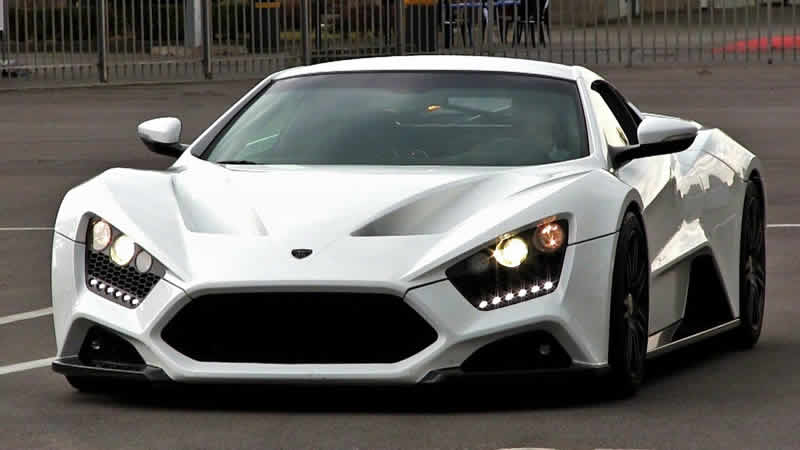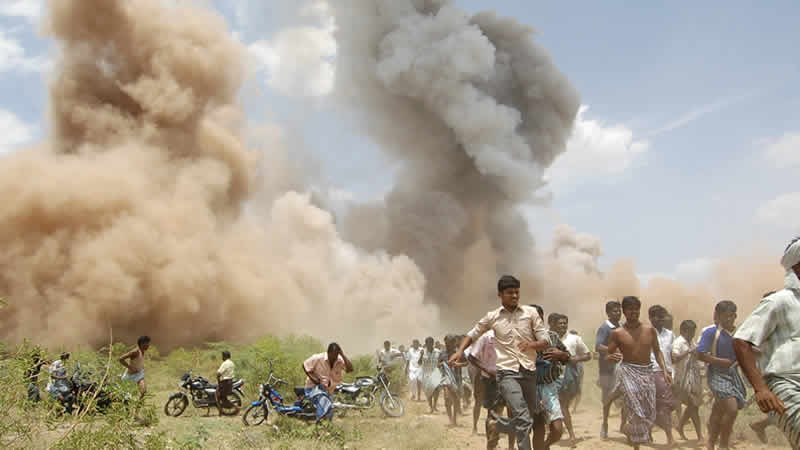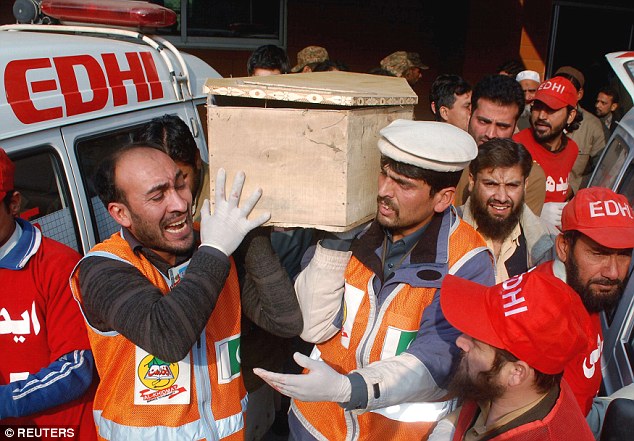 Dental floss bikinis, mile upon mile of white sand, samba and caipirinha cocktails on tap. The Sugar Loaf mountain in one direction, Christ the Redeemer in the other. Balmy heat tempered by tropical breezes.
Dental floss bikinis, mile upon mile of white sand, samba and caipirinha cocktails on tap. The Sugar Loaf mountain in one direction, Christ the Redeemer in the other. Balmy heat tempered by tropical breezes.
Yes, all very lovely, but the old jibe about Brazil being ‘the country of the future — and it always will be’ was still doing the rounds only three or four years ago. Not any more. Brazil is hot — and Rio is scorching. You can feel it all along Copacabana beach, where the famous walkway is being spruced up like never before. You can live it in the Lapa district on Friday and Saturday nights when the streets are packed, the clubs rammed, the mood intoxicating. And you can sense it in Santa Teresa where writers and artists huddle contentedly in bohemian coffee shops — and everywhere you can sniff the optimism as the World Cup approaches next
summer and then the Olympics two years after that. Rio’s moment has arrived. Holy smoke, even Pope Francis has chosen this extraordinary city for his first overseas tour in July. The pontiff will have a blast. “Everything about Rio makes you want to dance,” Prince Harry said last year on his Diamond Jubilee Tour. But the music could die. There are concerns about what might happen after the Olympics and there are worries that rising house prices could lead to long-term inflation, but Brazil’s global standing has rarely been higher.
Its economy is booming, it’s one of the most racially diverse countries in the world and seems to enjoy good relations with the rest of the planet. Granted, it would have been nice if the new Pope had been Brazilian, rather than Argentinian, but you can’t have everything. We arrive on a frenetic Saturday afternoon. “I don’t think this is for me,” says my wife as we head to lunch near Ipanema Beach. What she means, I think, is that she feels over-dressed in skirt and blouse and sensible shoes. A few hours later, she’s changed her tune (and put on flip-flops) because the great thing about Rio is you can wear anything or nothing and no one seems to notice.
For every beautiful body treading the pavement as if it were a catwalk, there are double the number of fatties like me feeling every bit at home. ‘Totally sexy,’ is the wording on a T- shirt worn by a woman waiting for a bus who makes Dawn French look svelte. What we also notice is that if you want to get fit, there’s no need to join a gym. On all the beaches there are exercise machines and everyone seems to use the sand as a treadmill. Personal trainers? Personal responsibility. Cariocas — as Rio’s residents are called — aren’t hung up about sex, but that doesn’t mean they’re a promiscuous lot — there’s far less ogling than in the streets of London or Paris.
And we like the way three generations of families stroll along arm in arm on Sunday afternoons as if they’ve all the time in the world. But there is one crucial change that is making Rio such a gripping destination. The city is safe. Or, at least, it is undeniably safer than it was just a few years ago. My Lonely Planet guide book warned us about wearing a watch in public and said you should never use a mobile on the street, but nothing could be further from the truth. For 40 years, no one bothered to tackle the crime issue. Many of the city’s 900-or-so favelas were run by drug barons; robberies were rampant, shootings commonplace.
But five years ago, special police units and the army went into the favelas and came out with many of the leading suspects. Then, under a policy known as ‘pacification’, the social issues in the slums began to be worked on: education, sanitation, health. It’s still a work in progress, but our guide, Marcelo Esteves (whom you should fight to hire), merrily drives us into Rocinha, a favela where 70,000 people live and says he would never have dreamed of doing such a thing 12 months ago. What’s fascinating about these shanty towns is how they creep up the sides of hills sharing the sort of views tourists pay good money to experience from Christ the Redeemer or Sugar Loaf.
Speaking of money, the Copacabana Palace Hotel has just had $20 million lavished on it. I’ve no idea what it was like before, but it’s amazing now. You fully expect Clark Gable or Marylin Monroe to emerge from the pool and I’m sure everyone in the revamped Cipriani restaurant is amazingly famous, but we’re too preoccupied by the starry food to notice. At one point, Marcelo takes us to a bizarre concrete building in the shape of a cone. It looks like a giant municipal car park where the architects have gone mad — but appearances are deceptive in Rio. This is the cathedral that opened in 1976.
Inside, it has exquisite stained glass windows and 18 metre high bronze doors. Football might be a religion in Brazil, but the cathedral can accommodate more than 20,000 worshippers. The Santa Teresa district has been compared to Montmartre in Paris. Shabby chic colonial buildings are being restored and you absolutely must eat, drink and make merry in Bar do Mineiro near where Ronnie Biggs used to charge British tourists a fiver to have their photograph taken with him.
This famous institution with its crumbling white tiles, marble-top tables and industrial fans is Rio at its best: unpretentious, effortlessly stylish and enormous fun. When we stagger out and look up, we see Christ peering through the clouds. He points us in the right direction as we head back to Copacabana. – Dailymail











